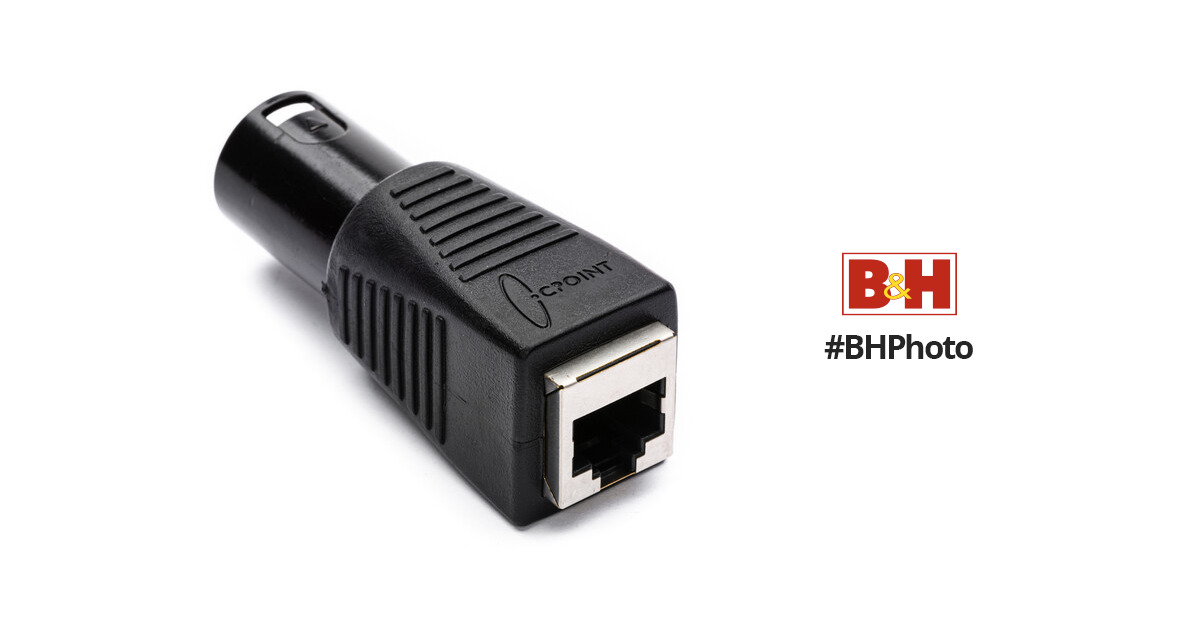DELO72
Well-Known Member
"Most folks are using 750's." This is a very common misconception about which HPL lamps are the most popular. Ranked from most volume in the market to least volume, they are:
1. 575X long life 2000 hr (by a very wide margin--many multiples of the other types)
2. 575 300 hr
3. 750 300 hr
This goes to "What is bright enough?" For comparison, a 26 degree S4 with each of those lamp types:
575X 7,666 field lumens
575 11,226 field lumens
750 13,390 field lumens
So, starting with the 575X used by the vast majority of S4 owners and then looking at where that gets knocked down to by gel in saturated colors, the S4WRD photometrics clearly place it in a brightness range that is going to be very usable for a great many users.
Just sayin'.
ST
Wow... for the first time I think I'm going to disagree with Steve. He is correct that the 575W version ARE by far the most popular (vs. the 375 & 750W), but the Long life is not even CLOSE to being "many multiples" of the other types. In fact it barely beats the standard 300 hr. version, and from year to year they sometimes switch as to which is the more popular lamp that year. It's more a factor of ~1.2 x when they pass one another.
Recently the long life version /X has been more popular, but I can't for the life of me understand why it would be. You can't over-drive a lamp and make them brighter (only Spinal Tap can turn it to 11). You can however underdrive a lamp and make it dimmer and last longer (in essence turning it into a "long life" version). So I always tell people to buy the lamp that gives you the greatest flexibility- which means buy the highest Lumen/CCT version of each wattage, and then if you want longer life out of them, simply dim them or run them at 90-95%. BUT- unlike with the long life versions, you now will also have a high output, bright white version as well. Something you would not have had if you only got the /X version of the lamp. Now- if you are talking about an architectural installation when it will be on at full all of the time, then obviously you want the one that will serve the single purpose that is needed. But all theatres should be buying the High Output version and getting a lamp that can serve multiple purposes. (IMHO).
Best regards,
Mark



